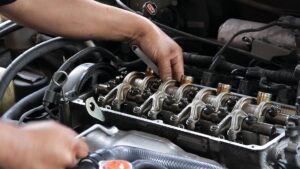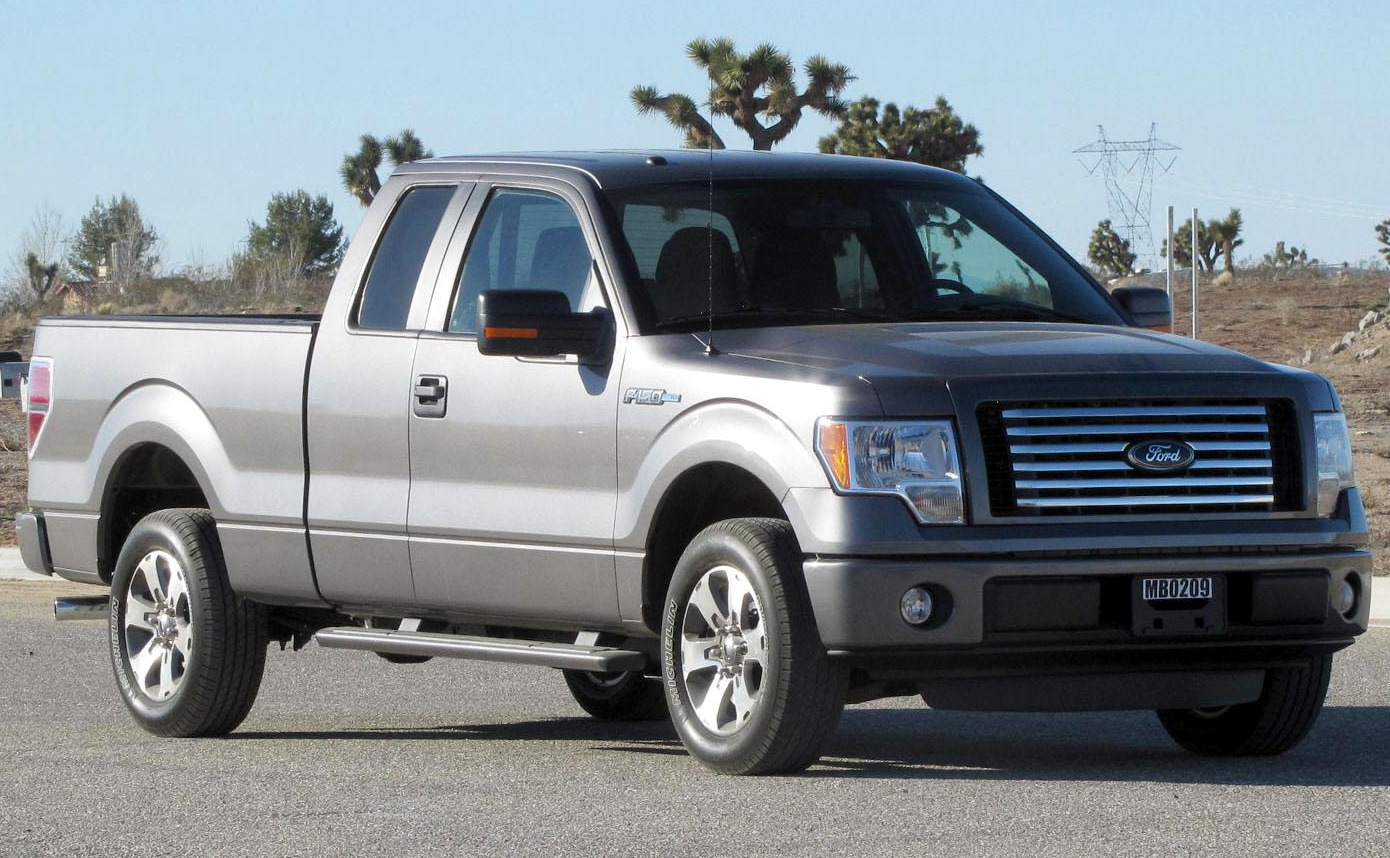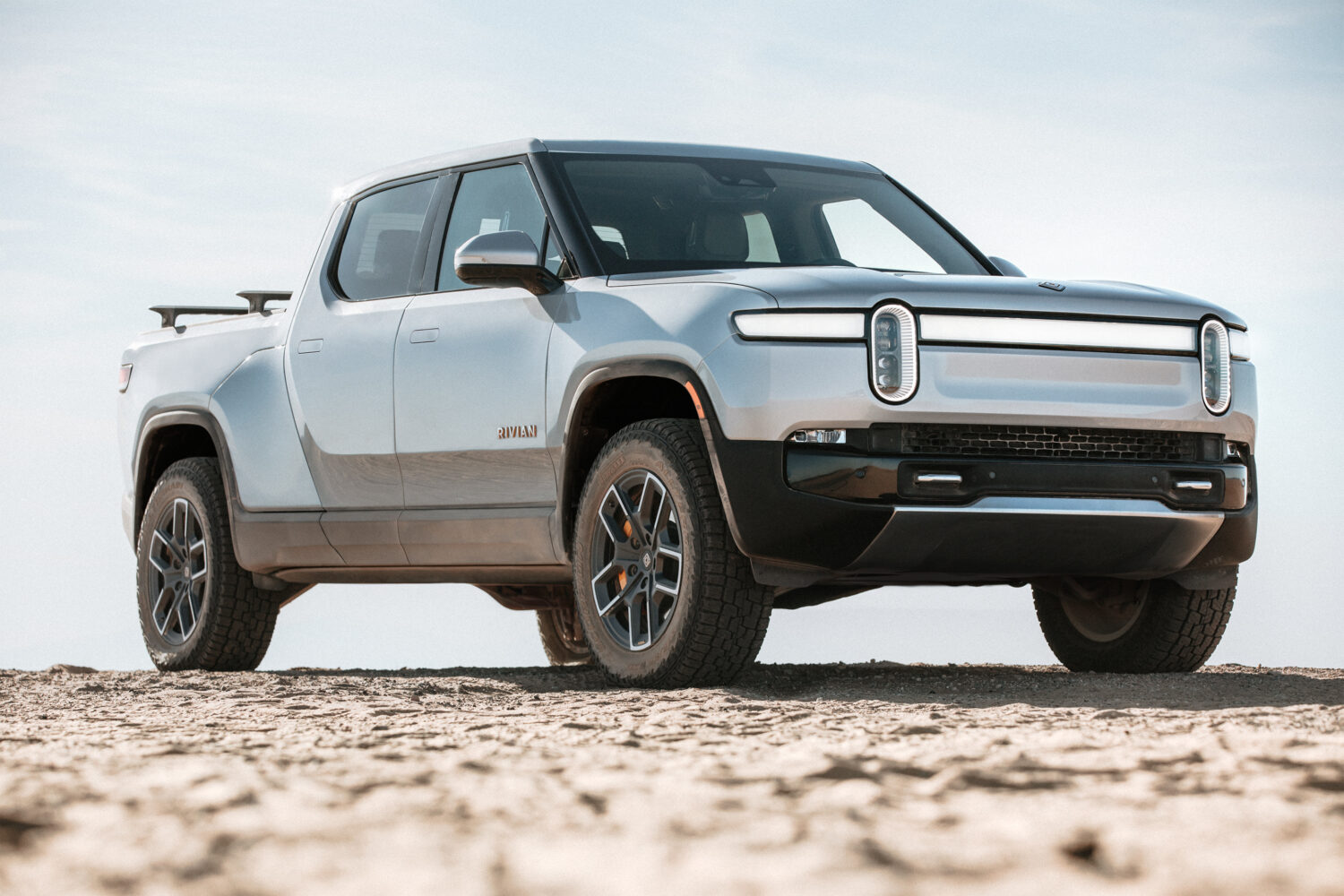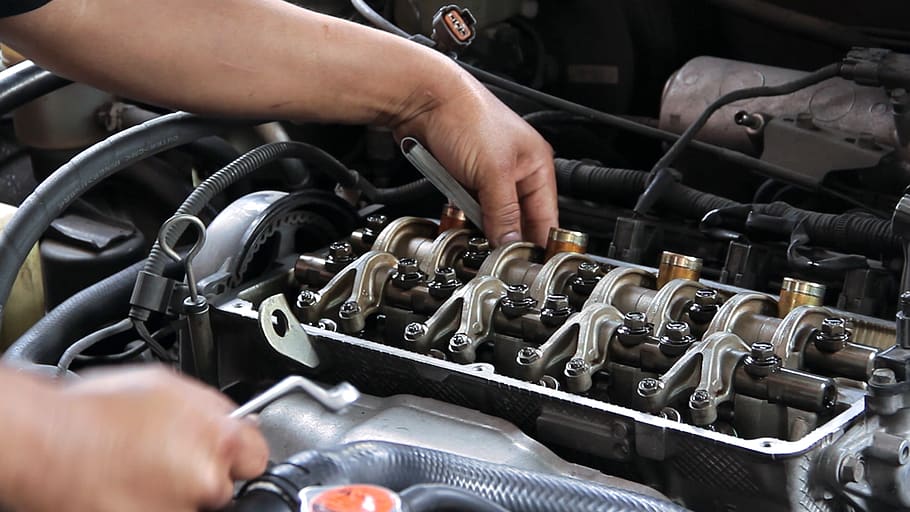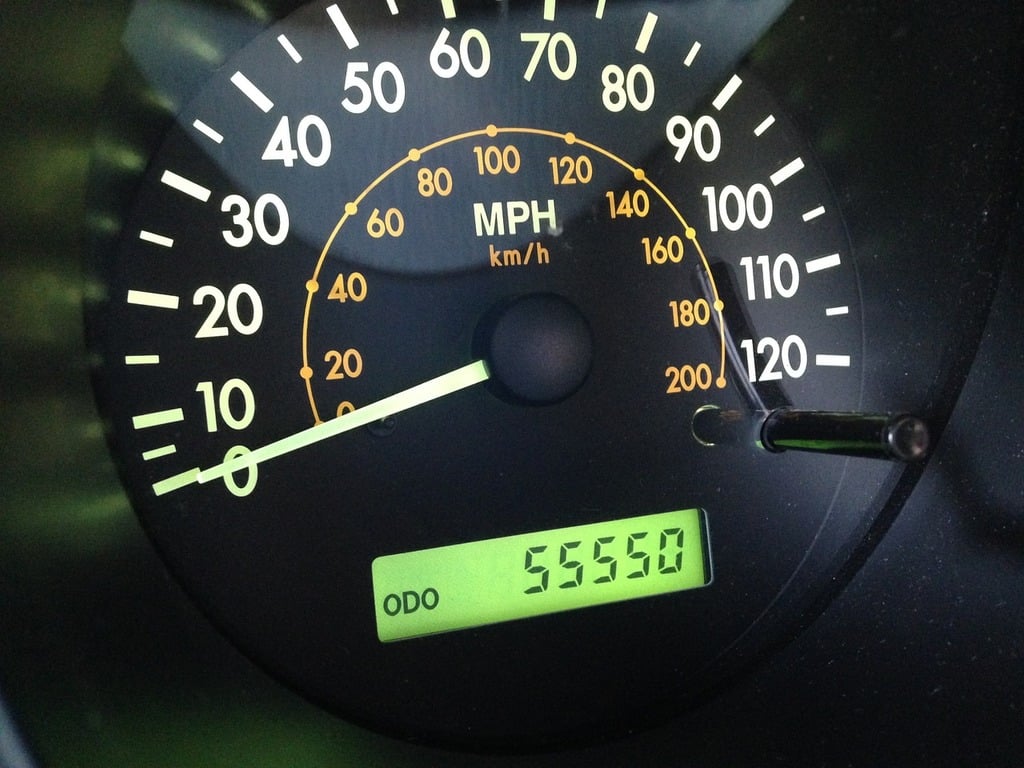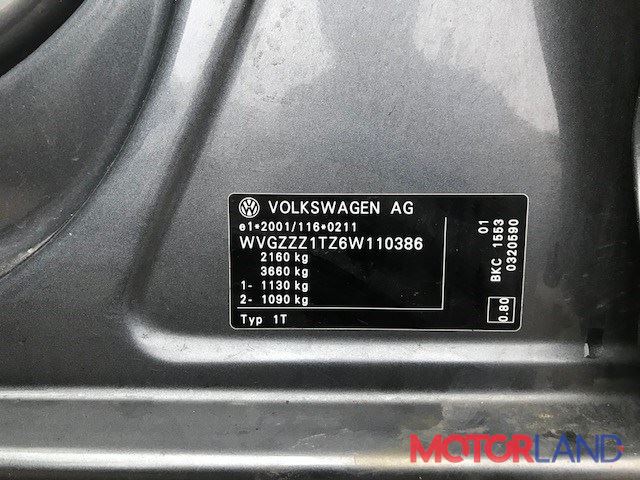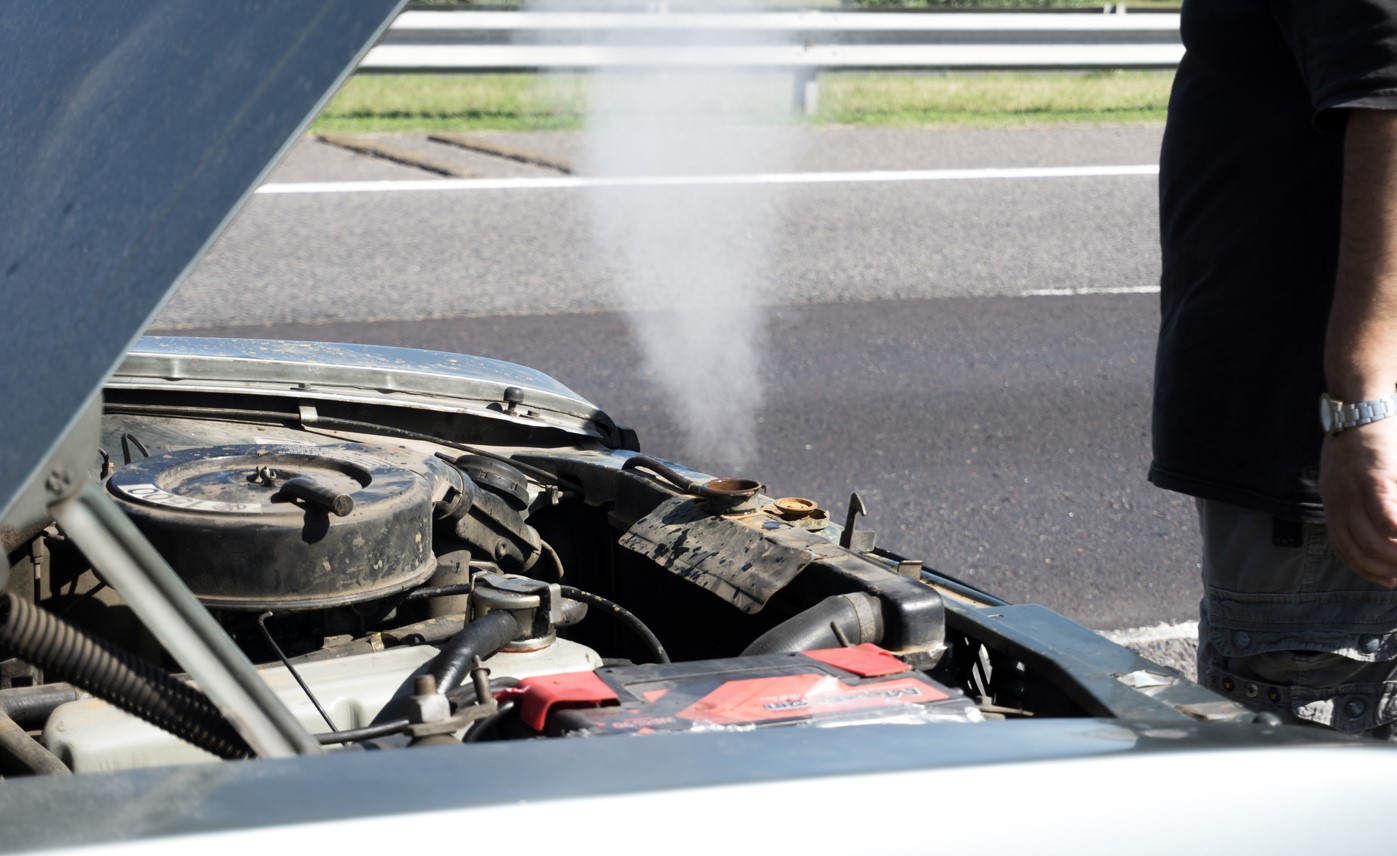Alright, gearheads and speed freaks, let’s talk about something crucial for maximizing performance and ensuring a smooth ride: balancing your tires. We all know the frustration of a vibrating steering wheel or a shaky ride, especially at high speeds. But who has the time or money to constantly run to a shop? That’s where balancing your tires at home comes in. Many of you might be wondering, “Is it even possible to do this effectively at home?” or “What tools do I need?” or even, “Am I going to screw something up?” Fear not! This guide will break down the process, demystify the techniques, and empower you to achieve a perfectly balanced ride right in your own garage. Get ready to ditch the vibrations and unlock the full potential of your machine.
Key Takeaways:
- DIY Balancing is Achievable: Learn that balancing tires at home is not only possible but can be done accurately with the right tools and techniques.
- Understand the Impact: Grasp the importance of balanced tires for performance, safety, and tire longevity.
- Master Practical Skills: Acquire actionable steps and strategies for balancing your tires effectively at home.
- Recognize the Benefits: Realize the cost savings and convenience of performing tire balancing yourself.
Understanding the Basics of How to Balance Tires at Home
Think of your wheel and tire assembly as a perfectly spinning top. When the weight is evenly distributed, it spins smoothly. But if there’s a heavy spot, it wobbles. That wobble translates to vibrations you feel in your steering wheel and throughout the car. Tire balancing is the process of compensating for these weight imbalances.
Static Balance: This refers to balance in a single plane. Imagine a tire sitting still. If one side is heavier, it will naturally want to rotate to the bottom. Static balancing corrects this up-and-down imbalance.
Dynamic Balance: This is balance in multiple planes. It addresses imbalances both vertically and laterally across the tire’s width. Dynamic imbalance causes the tire to wobble side-to-side as it rotates.
Why is this important? Even a brand-new tire isn’t perfectly uniform. Manufacturing tolerances, slight variations in rubber density, and even the valve stem can create imbalances. Think of it like building an engine – even with the best parts, you still need to balance the rotating assembly for optimal performance and longevity.
Importance and Implications
For us tuners and speed freaks, balanced tires aren’t just about comfort; they’re about performance and safety. Here’s why:
- Improved Handling: Balanced tires maintain consistent contact with the road, improving grip and handling, especially during cornering and high-speed maneuvers. A vibrating tire is a tire that isn’t fully planted.
- Reduced Wear and Tear: Imbalanced tires cause uneven wear, shortening the lifespan of your tires and potentially damaging suspension components. Think of the constant stress on your shocks and struts.
- Enhanced Safety: Vibrations can affect steering precision and braking performance, compromising safety, especially in emergency situations. You want predictable and responsive handling at all times.
- Optimized Fuel Efficiency: Balanced tires roll more smoothly, reducing rolling resistance and improving fuel economy. Every little bit counts, right?
- Performance Gains: By minimizing vibrations and ensuring optimal contact, balanced tires contribute to overall vehicle performance, allowing you to push your machine to its limits with confidence.
Practical Applications or Strategies
Okay, let’s get down to the nitty-gritty. Here’s how you can balance your tires at home:
- Gather Your Tools: You’ll need a static bubble balancer (relatively inexpensive and effective for home use), tire weights (available in various sizes), a weight hammer, and a tire crayon or marker.
- Mount the Tire: Place the wheel and tire assembly on the bubble balancer, ensuring it’s properly centered.
- Observe the Bubble: The bubble on the balancer will indicate the heavy spot on the tire. The bubble moves opposite the heavy spot.
- Add Weights: Attach tire weights to the opposite side of the heavy spot, starting with small increments. Keep adjusting the weights until the bubble is centered.
- Test and Refine: Rotate the tire on the balancer and recheck the bubble. Fine-tune the weight placement until you achieve perfect balance.
- Dynamic Balancing (Advanced): For dynamic balancing, you’ll ideally need a dynamic wheel balancer, which is a more significant investment. However, some shops offer dynamic balancing as a standalone service if you bring in your wheels and tires.
Tips and Best Practices:
- Clean the Wheel: Before balancing, thoroughly clean the wheel to remove any dirt or debris that could affect the balance.
- Use Quality Weights: Invest in good-quality tire weights that adhere securely to the wheel.
- Start Small: Begin with small weight increments and gradually increase as needed.
- Double-Check: Always double-check the balance after adding weights to ensure accuracy.
- Safety First: Wear safety glasses and gloves when handling tires and weights.
Common Pitfalls to Avoid:
- Incorrect Mounting: Ensure the wheel is properly centered on the balancer.
- Overweighting: Avoid adding excessive weight to one spot. Distribute the weight evenly if necessary.
- Ignoring Static Imbalance: Address static imbalance before attempting dynamic balancing.
- Using Damaged Equipment: Inspect your balancer and weight hammer for any damage before use.
Expert Insights or Case Studies
I remember working on a vintage Mustang back in the day. The owner complained of severe vibrations at highway speeds. After checking the usual suspects (suspension, brakes, etc.), I decided to balance the tires. Turns out, one wheel was significantly out of balance due to a bent rim (a common issue with older cars). After replacing the rim and balancing the tires, the vibrations disappeared completely, and the car drove like a dream. This highlights the importance of proper tire balancing, especially on older or modified vehicles.
Another example: A local race team was struggling with inconsistent lap times. After analyzing their data, they realized that tire vibrations were affecting their braking performance. By investing in a high-quality dynamic wheel balancer and meticulously balancing their tires before each race, they significantly improved their lap times and overall consistency. This shows how even small improvements in tire balance can make a big difference in performance.
Choosing the Right Tools for the Job
Selecting the right tools is crucial for successful at-home tire balancing. For static balancing, a bubble balancer is a cost-effective and straightforward option. However, for dynamic balancing, a more sophisticated machine is required. Consider factors such as accuracy, ease of use, and durability when choosing your equipment. Research different brands and models, read reviews, and choose tools that meet your specific needs and budget. Don’t cheap out on this – accuracy is key.
Conclusion:
Balancing your tires at home is a skill that every tuner, gearhead, and speed freak should possess. It’s not just about comfort; it’s about performance, safety, and saving money in the long run. By understanding the basics, mastering the techniques, and investing in the right tools, you can achieve a perfectly balanced ride and unlock the full potential of your machine. So, get out there, get your hands dirty, and experience the difference that balanced tires can make!
Frequently Asked Questions:
What is how to balance tires at home?
Balancing tires at home is the process of correcting weight imbalances in a wheel and tire assembly using specialized tools and techniques, performed in a non-professional garage or workshop setting.
Why is how to balance tires at home important for Tuners, gearheads, speed freaks?
It improves handling, reduces wear and tear, enhances safety, optimizes fuel efficiency, and contributes to overall vehicle performance, allowing for confident high-speed driving and pushing the vehicle to its limits.
How can I apply the concepts of how to balance tires at home in my context?
Start by gathering the necessary tools (bubble balancer, tire weights, weight hammer). Mount the tire on the balancer, observe the bubble, add weights to the opposite side of the heavy spot, and test and refine until the bubble is centered.
Where can I learn more about how to balance tires at home?
Check out online forums dedicated to automotive repair and tuning, watch instructional videos on YouTube, and consult with experienced mechanics or tire specialists.



